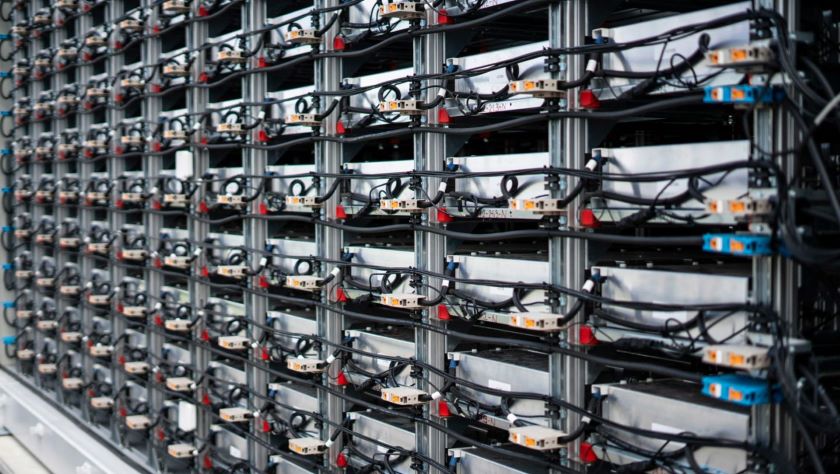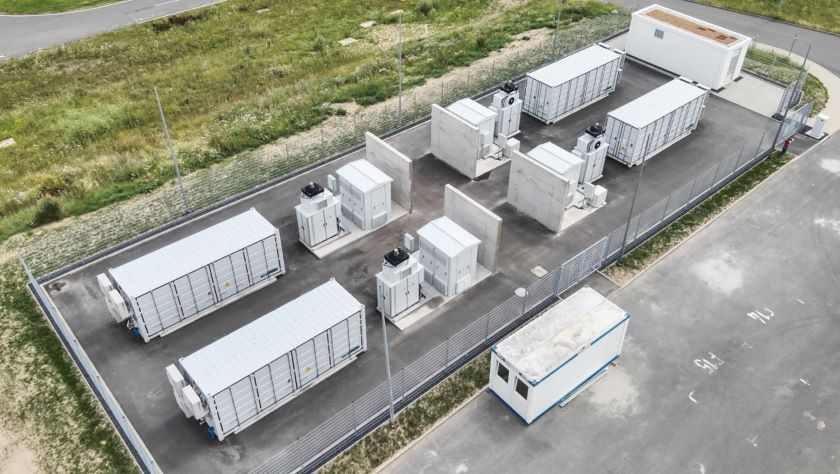
Taycan batteries used as energy storage system for the Leipzig plant
London, August 06, 2024, (Oilandgaspress) ––It’s the size of almost two basketball courts and consists of 4,400 battery modules: the new battery storage system to supply the Porsche Plant Leipzig with power. The extraordinary thing is that this stationary energy storage system was built out of used Taycan batteries. They were taken from preseries and works vehicles and are now being put to use as a stationary energy storage system at the end of their service life.
With the “Second Life” concept, Porsche is demonstrating how used high-voltage batteries from electric vehicles can be put to good use and conserve resources in a second use phase. The project idea originated in the Environmental and Energy Management unit of the Stuttgart-based sports car manufacturer.
A circular economy, smart energy supply and more

The project provides important insights into how to supply an automotive plant with energy in an intelligent fashion. It also facilitates the expansion of an adaptable power grid. “Of course, this is about environmental aspects and the core issue of the energy supply. But it was also important to us to take a pioneering role with the storage system,” says Alwin Schmid, Head of Electrical Engineering at Porsche, explaining the goals of the project.
The technical specs of the stationary battery storage system are impressive: The total capacity is 5 megawatts with an energy content of 10 megawatt-hours. The storage system can be operated at up to 20 per cent overload for short periods. It is made up of 4,400 individual battery modules, divided into four battery containers.
Power storage for the plant and part of the energy transition
The electricity for the storage system is partly generated by the plant’s own solar systems with a peak output of 9.4 megawatts. When peak loads occur, the storage system helps to reduce them. This “peak shaving” is becoming increasingly important in this era of higher electricity requirements due to electromobility, heat pumps and other electrical consumers, as capped load peaks not only reduce grid charges but ideally can also reduce the need for expanded upstream grids.
Information Source: Read More
Oil and gas press covers, Energy Monitor, Climate, Renewable, Wind, Biomass, Sustainability, Oil Price, LPG, Solar, Marine, Aviation, Fuel, Hydrogen, Electric ,EV, Gas,

